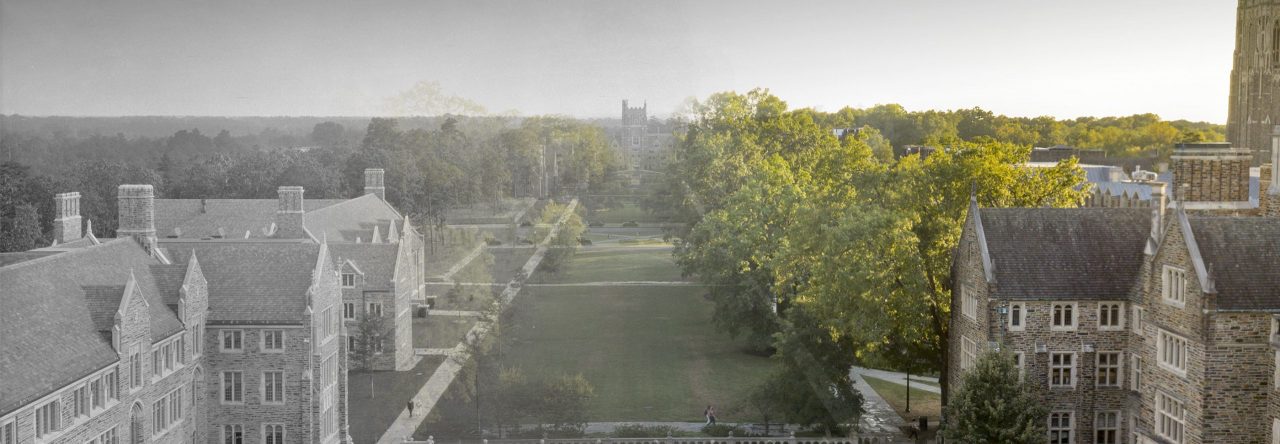
When Charles J. “Charlie” Soong arrived at Trinity College in 1881 as the school’s first international student, he had already seen much more of the world than the average student. Born in Hainan Province, China as Han Chiao-shun in 1866, Charlie traveled to the Dutch East Indies as a young boy to work, eventually sailing to Boston in 1878 to work for his maternal uncle’s tea and silk business. He left Boston to join the U.S. Revenue Cutter Service, eventually traveling to North Carolina. In Wilmington, he converted to Methodism, and his preacher brought him to the attention of Braxten Craven, then president of Trinity College.
Approving of Charlie’s new desire to become a Methodist missionary, and intrigued by the idea of a native Chinese minister joining existing church missions in China, Trinity College agreed to enroll Charlie as a special student in April 1881.
Attending Trinity must have been a major adjustment for Charlie. He had lived in the United States for less than three years, most of that time spent in the cutter service. Then there was the fact that he was moving from the northeast to attend what was very much a “Southern” college, less than twenty years after the conclusion of the Civil War. Trinity College was hardly a racially or geographically diverse institution, with 93% of students from North Carolina and none from farther north than Virginia.
Yet Charlie persevered. While at Trinity, Charlie lodged at the house of Professor Gannaway, and his studies focused primarily on English language and the Bible. After a year at Trinity, he was transferred to Vanderbilt University in Nashville, the administrative locale of the Southern Methodist Church and its missionary activities.
The story of Soong’s life after he returned to China is equally remarkable. He served several years as a Methodist minister under trying circumstances, but then became a successful businessman and patriarch of one of the most remarkable families of 20th century China.
This article is adapted from the Duke University Archives.
